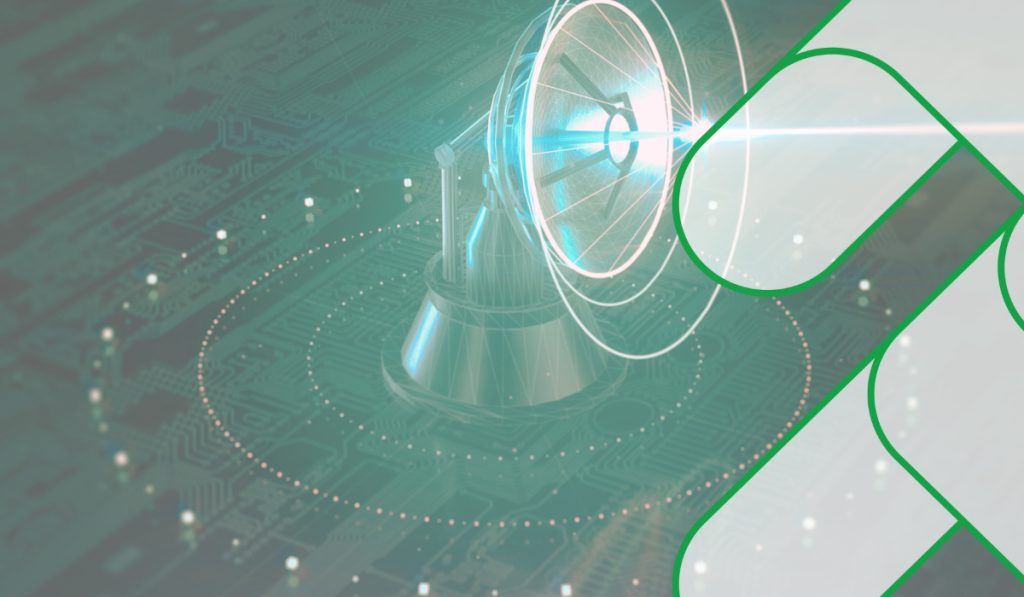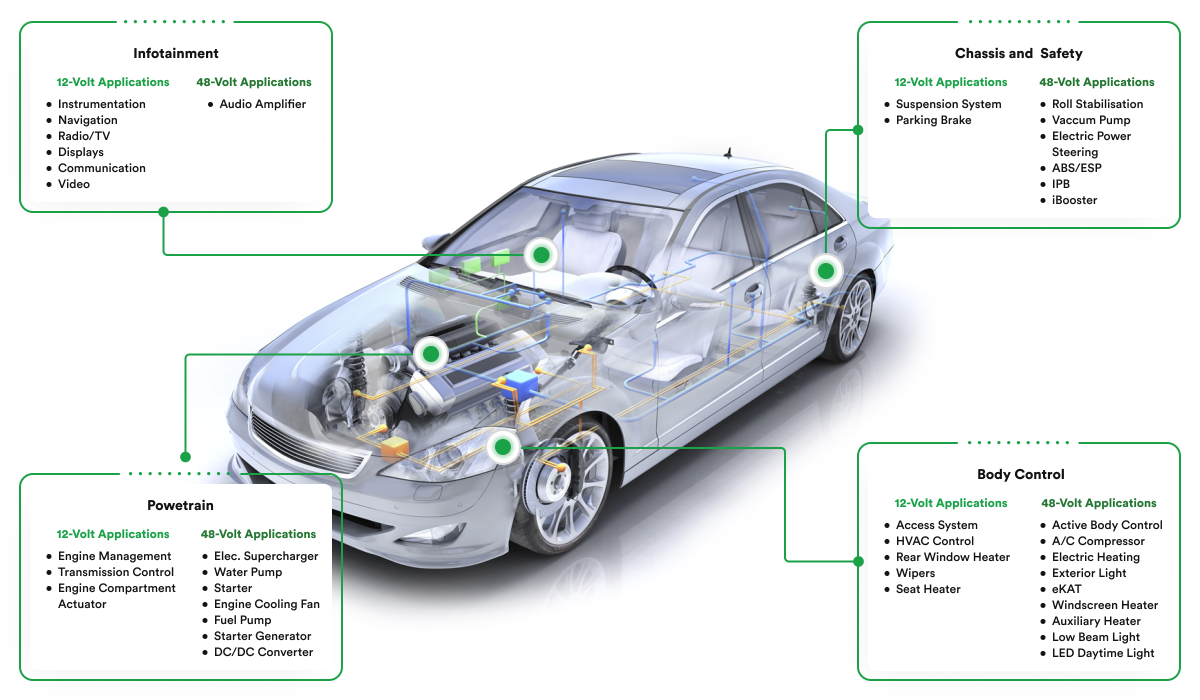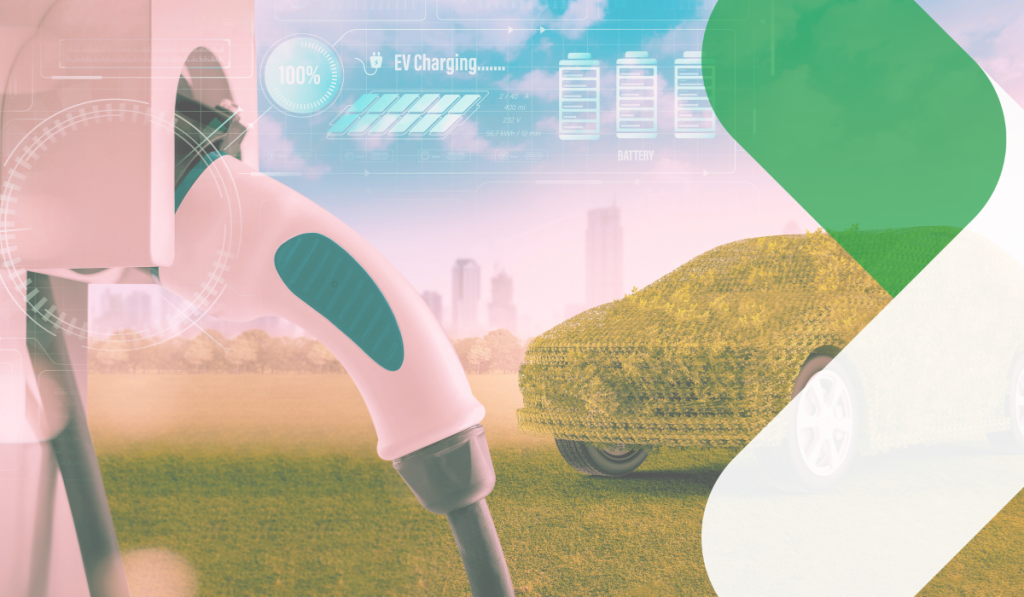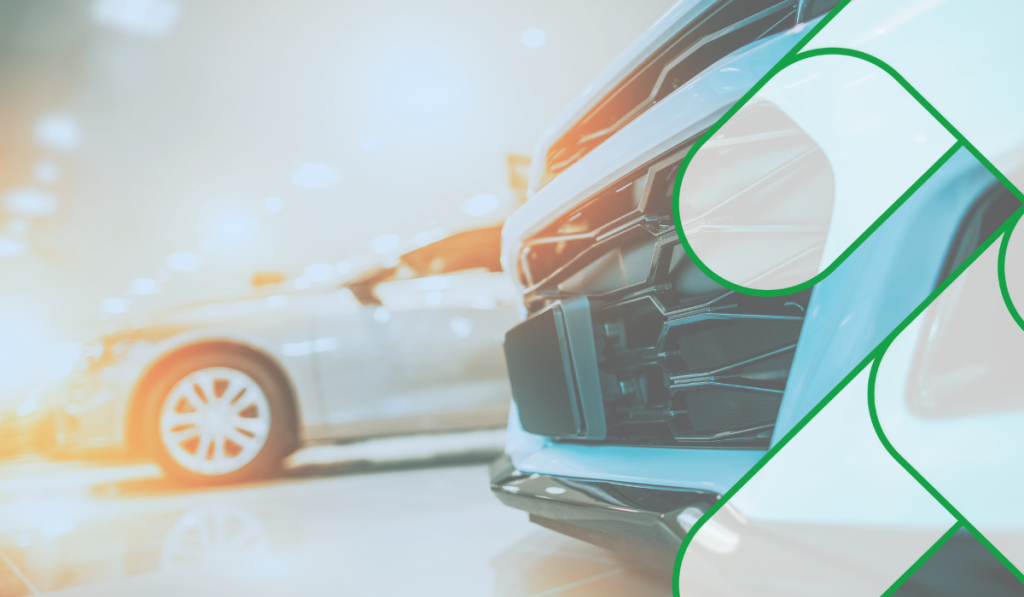
AI-Powered LiDAR: A New Era of Perception
How AI and ML enhance LiDAR technology by overcoming data processing challenges, enabling advanced applications in autonomous systems, robotics, and 3D mapping, and more.
Software-defined cars are becoming more popular, marking a significant shift in the automotive industry. According to EVMarketsReports.com, over 14 million electric cars were sold globally in 2023. This surge shows a growing interest in eco-friendly and innovative travel options. On top of that, the market for self-driving vehicles is predicted to reach $60 billion by 2030, as reported by MarketsandMarkets. AI, sensor technology advancements, and a focus on safety and efficiency fuel this growth.
However, transitioning to EVs and AVs takes a lot of work. These high-tech vehicles rely heavily on complex software for tasks like managing electric car batteries and making split-second decisions in self-driving cars. The challenge lies in ensuring these systems work together seamlessly and safely. The software in these vehicles has to manage traditional car functions and integrate with advanced technologies like AI, Machine Learning, and the Internet of Things (IoT). This results in a highly complex and interconnected system.
This is where AUTOSAR plays a crucial role. It’s not just a standard software framework; it’s transforming how car software is developed. Initially designed for conventional cars, AUTOSAR is being adapted to meet the unique requirements of software-defined vehicles. Its flexible architecture allows automakers to create scalable, adaptable, and secure software. Such flexibility is vital in an industry where software needs are constantly evolving, and there’s a strong need for different systems to communicate effectively and adhere to common standards. By adopting AUTOSAR, automakers can ensure their vehicles are well-equipped to meet current and future challenges.
This article delves deep into business advantages of using AUTOSAR for software-defined vehicle solutions development and shares tips for its successful implementation as well as relevant industry case stories.
Launched in 2003, AUTOSAR has been evolving to match the rapid changes in the automotive industry. The significant development is shifting from the original AUTOSAR Classic to the more advanced AUTOSAR Adaptive Platform (AAP). AAP is built for high-performance computing, making it ideal for Electric Vehicles (EVs) and Autonomous Vehicles (AVs) due to its ability to process complex and fast data. A report from Grand View Research indicates that the global automotive software market, where AUTOSAR plays a key role, is projected to reach about $52.95 billion by 2027. This growth is driven partly by adopting advanced software solutions like AUTOSAR in modern vehicles.
AUTOSAR is crucial in managing various features in software-defined cars. It focuses on areas such as battery management which are essential for maintaining EV battery health and longevity. The global market for battery management systems, valued at $5.5 billion in 2022, is anticipated to grow to $31.52 billion by 2031. AUTOSAR contributes to this sector by enhancing the efficiency of battery management systems, providing standard software modules for tasks like monitoring the battery’s state of charge and controlling its temperature. AUTOSAR also plays a role in managing the powertrain and charging systems, helping optimize energy usage and improve charging techniques, thereby enhancing overall vehicle performance.
In autonomous driving, AUTOSAR’s role is equally important. The burgeoning market for autonomous vehicles, which is expected to experience significant growth, depends on sophisticated software architectures. AUTOSAR aids in developing Advanced Driver-Assistance Systems (ADAS) and fully autonomous driving capabilities. Its proficiency in sensor fusion, essential for interpreting data from various sensors, and path planning, critical for navigating vehicles, is pivotal for autonomous cars. Furthermore, AUTOSAR is advancing in vehicle-to-everything (V2X) communication, which enhances vehicle safety and efficiency by facilitating real-time communication with other vehicles and infrastructure elements.

Adopting AUTOSAR significantly speeds up the launch of software-defined vehicles. AUTOSAR’s modular and standardized design allows for quick development and deployment in an industry where time is crucial. A McKinsey & Company study shows that using standardized software platforms like AUTOSAR can reduce the time needed to develop automotive software by 20% to 30%. This faster development is vital in a very competitive market. AUTOSAR makes adding new features and technologies easier, helping manufacturers keep up with market demands and tech progress.
Cost efficiency is significant for electric and autonomous vehicles, which need a lot of R&D due to their high complexity. AUTOSAR helps reduce these costs by offering reusable software parts and lessening the need for custom development. This is key in a market that aims to make EVs and AVs more affordable and available to more people.
Safety and security are paramount in the car industry, particularly for EVs and AVs. AUTOSAR comprehensively addresses the significant risks associated with these vehicles. It includes features like secure communication and systems that can tolerate faults, which are crucial for the safe use of EVs and AVs. AUTOSAR contributes significantly by adding robust security features to the vehicle’s software, improving safety and reliability.
AUTOSAR’s flexible and open design is critical to making sure automotive innovations stay relevant in the future. Integrating new technologies smoothly is essential in the fast-changing EV and AV markets. AUTOSAR makes this possible by allowing new functions to be added without overhauling the entire system. This adaptability is crucial in an industry where, as a PwC report says, 85% of car companies think digital ecosystems are critical for their future success. Using AUTOSAR, manufacturers can ensure their vehicles are compatible with future technologies and trends, putting them at the forefront of automotive innovation.
The integration of AUTOSAR into Electric and Autonomous Vehicles begins with detailed planning and assessment. Automotive companies must review their software setups and prepare for future vehicle demands. This stage isn’t just about technical details; it also involves strategic foresight. A McKinsey study highlights that future automotive software might need up to 300 million lines of code, underscoring the importance of a robust framework like AUTOSAR. Companies should evaluate scalability, real-time processing, and compatibility with EV- and AV-specific sensors and systems. This assessment ensures that adopting AUTOSAR fits the company’s long-term product plans and market expectations.
Transitioning to AUTOSAR demands the right tools and ample resources. This includes software development kits (SDKs), integrated development environments (IDEs), and simulation tools designed for AUTOSAR. These tools facilitate the design, development, testing, and validation of AUTOSAR-compliant software. With the global automotive software and electronics market poised for growth and software becoming a significant part of a vehicle’s value, investing in quality tools and resources is essential for automotive companies. Moreover, workforce training is critical. Training programs and workshops are needed to ensure engineers and developers are skilled in AUTOSAR methods and tools.
Once the initial assessment is complete, it’s crucial to define the system architecture and break down the vehicle’s software into manageable components. This involves:
AUTOSAR relies on standardized communication protocols for data exchange between ECUs. This stage involves:
Safety and security are paramount in EVs and AVs. AUTOSAR provides mechanisms for addressing these concerns:
Implementing AUTOSAR effectively often requires collaboration and partnerships within the automotive ecosystem:
The planning stages for implementing AUTOSAR in EVs and AVs are crucial for laying a solid foundation for successful software development. By carefully considering strategic goals, technical requirements, and available resources, automotive companies can leverage AUTOSAR’s benefits to build safe, reliable, and future-proof electric and autonomous vehicles.
AUTOSAR has become crucial in automotive software development, especially with the increasing complexity of software-defined vehicles. By adopting AUTOSAR, companies can achieve greater efficiency, safety, and flexibility in their software architecture. Let’s look at some successful AUTOSAR implementations.
Ford Motor Company is a notable example. They adopted AUTOSAR to improve their vehicle development process, aiming to speed up development, meet customer expectations, and simplify their methodology for newcomers. Ford’s use of AUTOSAR primarily focused on enhancing efficiency and reducing the time and effort needed to develop their electronic control units (ECUs). This is part of Ford’s comprehensive strategy to integrate more sophisticated and adaptable technologies into their vehicle platforms, reflecting the ongoing shifts in automotive software and systems development.
Another noteworthy AUTOSAR implementation can be seen in one of rinf.tech’s projects. Our Team developed an advanced instrument cluster using AUTOSAR architecture, improving the platform’s flexibility and scalability. The project encompassed software and hardware development, testing, and validation to meet the specific requirements of a mainstream vehicle segment. The result was a reliable and user-friendly instrument cluster that enhanced the driving experience.
AUTOSAR isn’t just another software architecture. It’s a game-changer in the automotive industry, empowering vehicles to become more efficient, safer, and innovative. As the transportation landscape evolves, AUTOSAR emerges as a crucial element in meeting the technological demands of this new era.
Automotive companies must actively collaborate with skilled AUTOSAR development and integration providers. Joining forces with these specialists provides access to cutting-edge knowledge, tools, and methodologies essential for unlocking AUTOSAR’s full potential. Investing in AUTOSAR represents a strategic move to stay at the forefront in the ever-changing world of mobility.
AUTOSAR’s modular, scalable, and secure framework offers more than a solution for today’s challenges. It is a gateway to future innovations in electric and autonomous vehicle technology. Embracing AUTOSAR means embracing a future where vehicles are seamlessly integrated into transportation systems, becoming intelligent components of our daily lives. As the automotive industry continues its journey toward a more sustainable, efficient, and automated future, AUTOSAR undoubtedly occupies a pivotal role in shaping the next generation of mobility solutions.

How AI and ML enhance LiDAR technology by overcoming data processing challenges, enabling advanced applications in autonomous systems, robotics, and 3D mapping, and more.

Offering insights into how the latest AI advancements will impact consumers, manufacturers, and the broader environment in 2025 and beyond.

Showcasing the environmental and economic benefits of integrating sustainable materials and robust recycling practices into the automotive value chain.
Copyright © 2023 rinf.tech. All Rights Reserved.
Terms & Conditions. Cookie Policy. Privacy Policy.
Politica Avertizari de Integritate (RO)